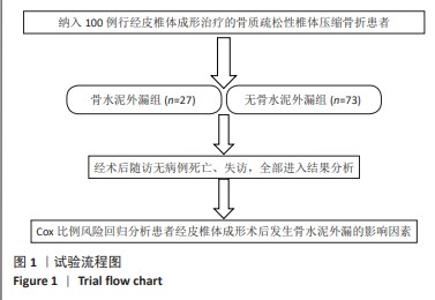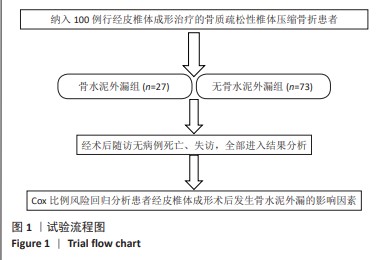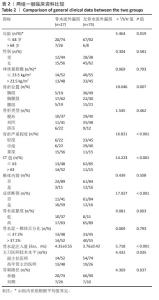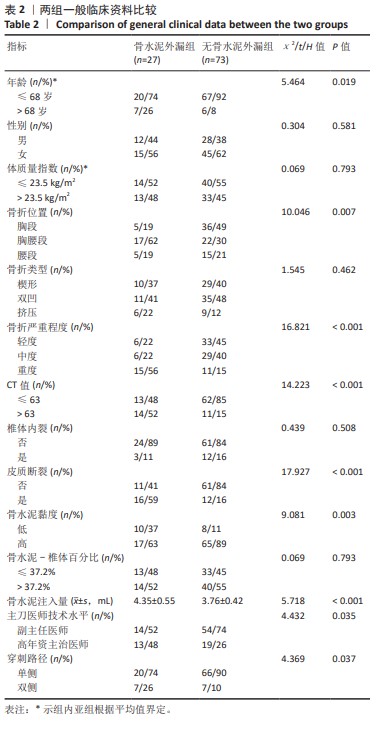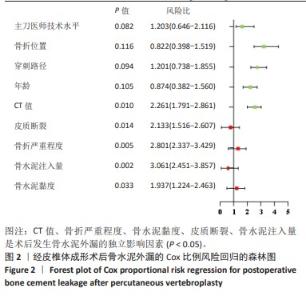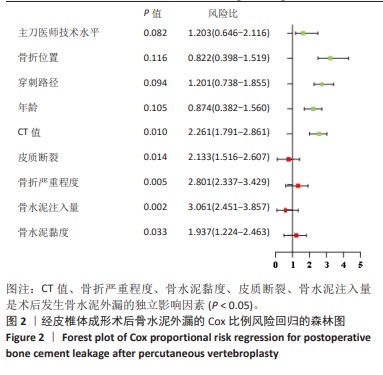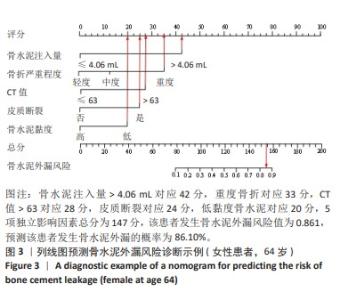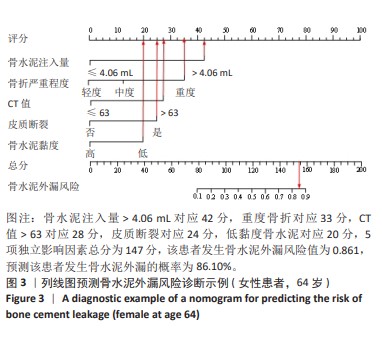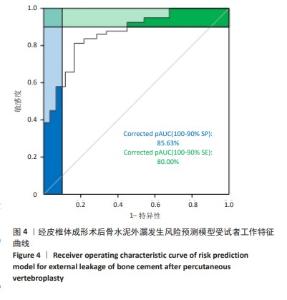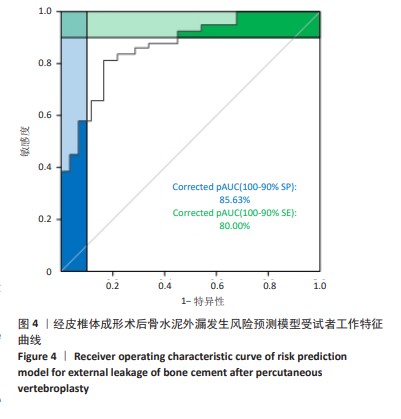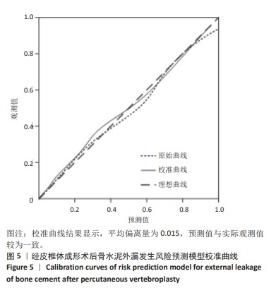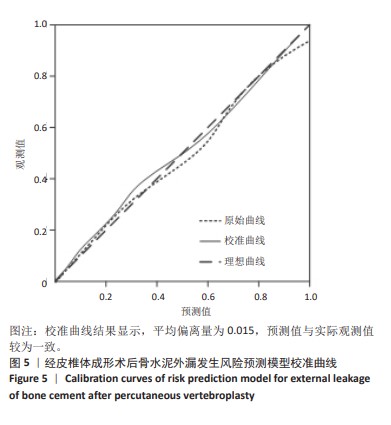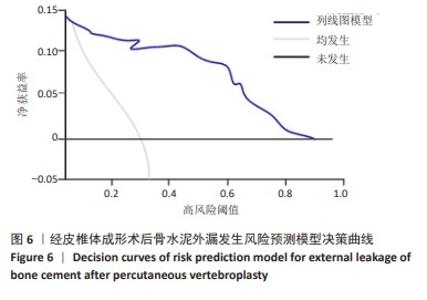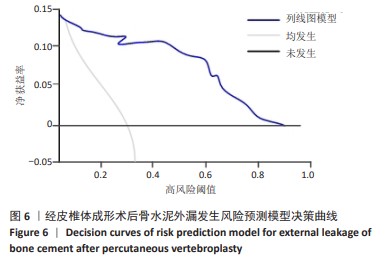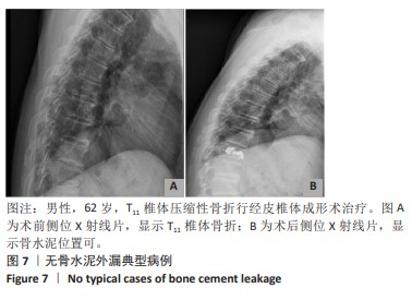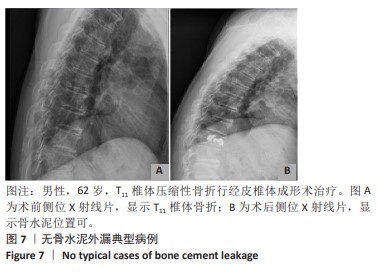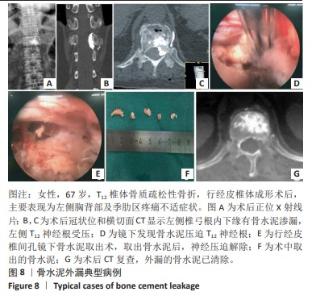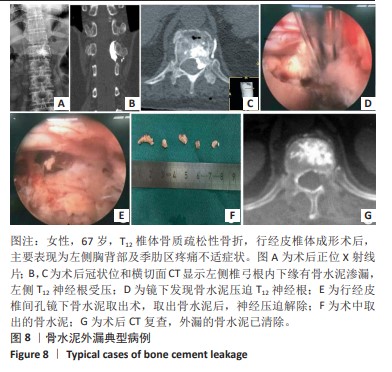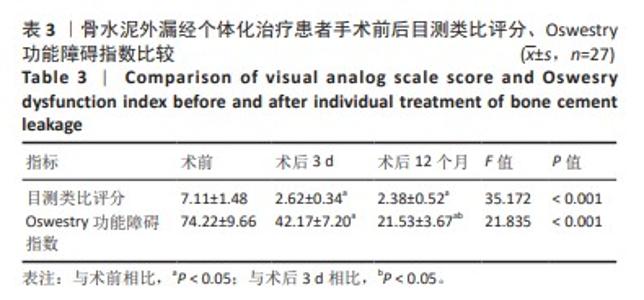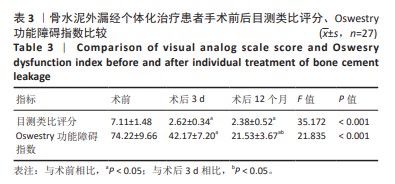[1] CHEN Z, SONG C, LIN H, et al. Does prophylactic vertebral augmentation reduce the refracture rate in osteoporotic vertebral fracture patients: a meta-analysis. Eur Spine J. 2021;30(9):2691-2697.
[2] ROSE LD, BATEMAN G, AHMED A. Clinical significance of cement leakage in kyphoplasty and vertebroplasty: a systematic review. Eur Spine J. 2024;33(4):1484-1489.
[3] LÁINEZ RAMOS-BOSSINI AJ, LÓPEZ ZÚÑIGA D, RUIZ SANTIAGO F. Percutaneous vertebroplasty versus conservative treatment and placebo in osteoporotic vertebral fractures: meta-analysis and critical review of the literature. Eur Radiol. 2021;31(11):8542-8553.
[4] MAO W, DONG F, HUANG G, et al. Risk factors for secondary fractures to percutaneous vertebroplasty for osteoporotic vertebral compression fractures: a systematic review. J Orthop Surg Res. 2021;16(1):644.
[5] ZHANG K, SHE J, ZHU Y, et al. Risk factors of postoperative bone cement leakage on osteoporotic vertebral compression fracture: a retrospective study. J Orthop Surg Res. 2021;16(1):e183.
[6] TANG B, CUI L, CHEN X, et al. Risk Factors for Cement Leakage in Percutaneous Vertebroplasty for Osteoporotic Vertebral Compression Fractures: An Analysis of 1456 Vertebrae Augmented by Low-Viscosity Bone Cement. Spine (Phila Pa 1976). 2021;46(4):216-222.
[7] LI Y, FENG X, PAN J, et al. Percutaneous Vertebroplasty Versus Kyphoplasty for Thoracolumbar Osteoporotic Vertebral Compression Fractures in Patients with Distant Lumbosacral Pain. Pain Physician. 2021;24(3):E349-E356.
[8] NIE B, WANG Q, LI B, et al. Exploration of percutaneous vertebroplasty in the treatment of osteoporotic vertebral compression fracture as day surgery: a retrospective study. Eur Spine J. 2021;30(9):2718-2725.
[9] WANG M, JIN Q. High-viscosity bone cement for vertebral compression fractures: a prospective study on intravertebral diffusion and leakage of bone cement. BMC Musculoskelet Disord. 2020;21(1):e589.
[10] GAN DH, FANG MZ, XUE HP, et al. Clinical Observations of Kümmell Disease Treatment Through Percutaneous Fixation Combined with Vertebroplasty. Orthop Surg. 2021;13(5):1505-1512.
[11] GAO T, CHEN ZY, LI T, et al. Correlation analysis of the puncture-side bone cement/vertebral body volume ratio and bone cement leakage in the paravertebral vein in vertebroplasty. BMC Musculoskelet Disord. 2022;23(1):e184.
[12] LI Y, QIAN Y, SHEN G, et al. Percutaneous mesh-container-plasty versus percutaneous kyphoplasty in the treatment of malignant thoracolumbar compression fractures: a retrospective cohort study. Acta Orthop Traumatol Turc. 2022;56(6):395-401.
[13] WANG YQ, QIAO L, WANG B, et al. Percutaneous Vertebroplasty with the Polymethyl Methacrylate - Gelatin Sponge Complex in the Treatment of Patients with Osteoporotic Vertebral Compression Fractures Accompanied by Superior Endplate Injurie. Turk Neurosurg. 2024;34(1):74-80.
[14] TANG J, LIU J, GU Z, et al. Outcomes of Augmentation in Osteoporotic Vertebral Compression Fractures Showing a Cleft Sign on MRI. Cardiovasc Intervent Radiol. 2021;44(3):428-435.
[15] LV B, JI P, FAN X, et al. Clinical Efficacy of Different Bone Cement Distribution Patterns in Percutaneous Kyphoplasty: A Retrospective Study. Pain Physician. 2020;23(4):E409-E416.
[16] AHN JM, OH JS. Gelfoam Embolization Technique to Prevent Bone Cement Leakage during Percutaneous Vertebroplasty: Comparative Study of Gelfoam only Venography. Korean J Neurotrauma. 2020; 16(2):200-206.
[17] QIN DA, SONG JF, LIANG QY. Adjacent Intravertebral Cement Leakage During Percutaneous Vertebroplasty for Osteoporotic Vertebral Compression Fractures. Pain Med. 2021;22(6):1453-1455.
[18] LU LM, NI XH, NI JP, et al. Clinical effect of unilateral balloon infusion of low dose bone cement in PKP for osteoporotic thoracolumbar compression fractures in the elderly. Eur Rev Med Pharmacol Sci. 2022; 26(10):3642-3647.
[19] WANG H, YU H, ZHU Y, et al. Unilateral Percutaneous Kyphoplasty Using a Novel Guide Device for Thoracolumbar Osteoporotic Vertebral Fracture. Orthop Surg. 2023;15(4):993-1001.
[20] CHAI X, XU J, YAO Y, et al. Does the Choice of Operative Side Affect the Clinical Outcome of Unilateral Percutaneous Kyphoplasty for Osteoporotic Vertebral Compression Fracture? Pain Physician. 2023; 26(2):175-185.
[21] SI X, SHAN D, HUO L, et al. Effect of percutaneous vertebroplasty versus percutaneous kyphoplasty on post-operative wound pain in patients with osteoporotic vertebral compression fractures. Int Wound J. 2024; 21(3):e14745.
[22] PARK EJ, LEE HJ, JANG MG, et al. A novel vertebroplasty technique using a larger-diameter needle for thoracolumbar osteoporotic vertebral compression fracture. Medicine (Baltimore). 2021;100(22): e26174.
[23] TAO W, HU Q, NICOLAS YSM, et al. Is unilateral transverse process-pedicle percutaneous kyphoplasty a better choice for osteoporotic thoracolumbar fractures in the old patients? BMC Surg. 2021;21(1): 252.
[24] ZHOU C, HUANG S, LIAO Y, et al. Feasibility Analysis of the Bone Cement-Gelatine Sponge Composite Intravertebral Prefilling Technique for Reducing Bone Cement Leakage in Stage I and II Kümmell’s Disease: A Prospective Randomized Controlled Trial. Orthop Surg. 2023;15(7): 1763-1771.
[25] HOU JG, ZHANG N, CHEN GD. Factors affecting cement leakage in percutaneous vertebroplasty: a retrospective cohort study of 309 patient. Eur Rev Med Pharmacol Sci. 2023;27(9):3877-3886.
[26] CUI Y, PAN Y, LIN Y, et al. Risk factors for predicting cement leakage in percutaneous vertebroplasty for spinal metastases. J Orthop Sci. 2022; 27(1):79-83.
[27] SHI M, CAI Y, XU C, et al. An independent inter- and intra-observer agreement assessment of Yeom classification for bone cement leakage following vertebroplasty/kyphoplasty. Br J Neurosurg. 2023 37(4):589-594.
[28] GRAVEL G, ROUSSEL A, GUTH A, et al. Cement leakage during vertebroplasty: comparison between intact and wall disruption in spinal metastases. Acta Radiol. 2023; 64(5):1912-1918.
[29] LUO AJ, LIAO JC, CHEN LH, et al. High viscosity bone cement vertebroplasty versus low viscosity bone cement vertebroplasty in the treatment of mid-high thoracic vertebral compression fractures. Spine J. 2022;22(4):524-534.
[30] KAUR K, SANNOUFI R, BUTLER JS, et al. Biomimetic Inspired Hydrogels for Regenerative Vertebral Body Stenting. Curr Osteoporos Rep. 2023; 21(6):806-814.
[31] LU Q, GAO S, ZHOU M. The effect of bone cement on the curative effect of percutaneous kyphoplasty in the treatment of osteoporotic vertebral compression fracture. Ann Palliat Med. 2021;10(10): 11013-11023.
[32] ARANA-GUAJARDO AC, CAVAZOS-ARANDA AL. Asymptomatic pulmonary embolism secondary to cement leakage after vertebroplasty. Reumatol Clin (Engl Ed). 2021;17(5):302-303. |
